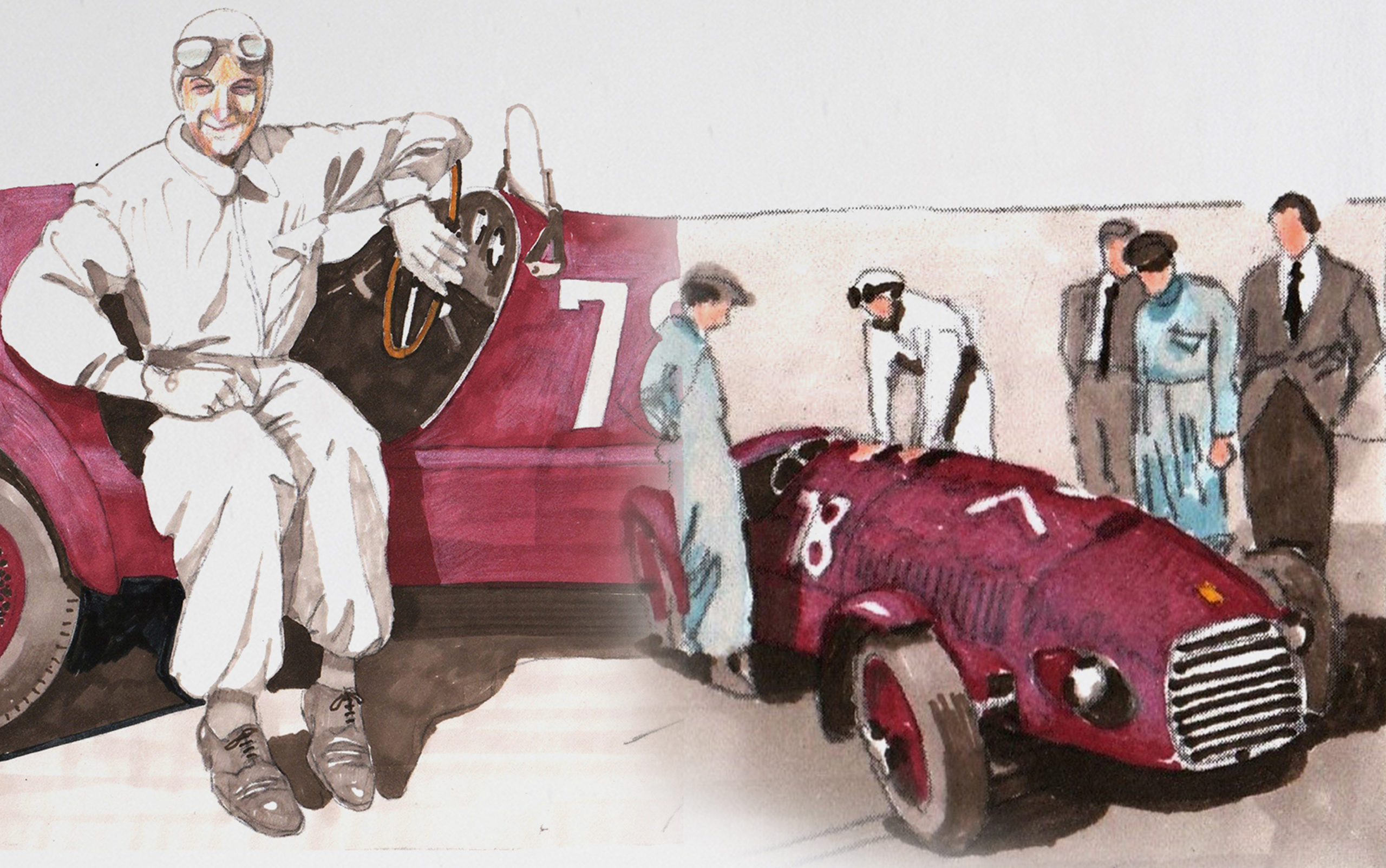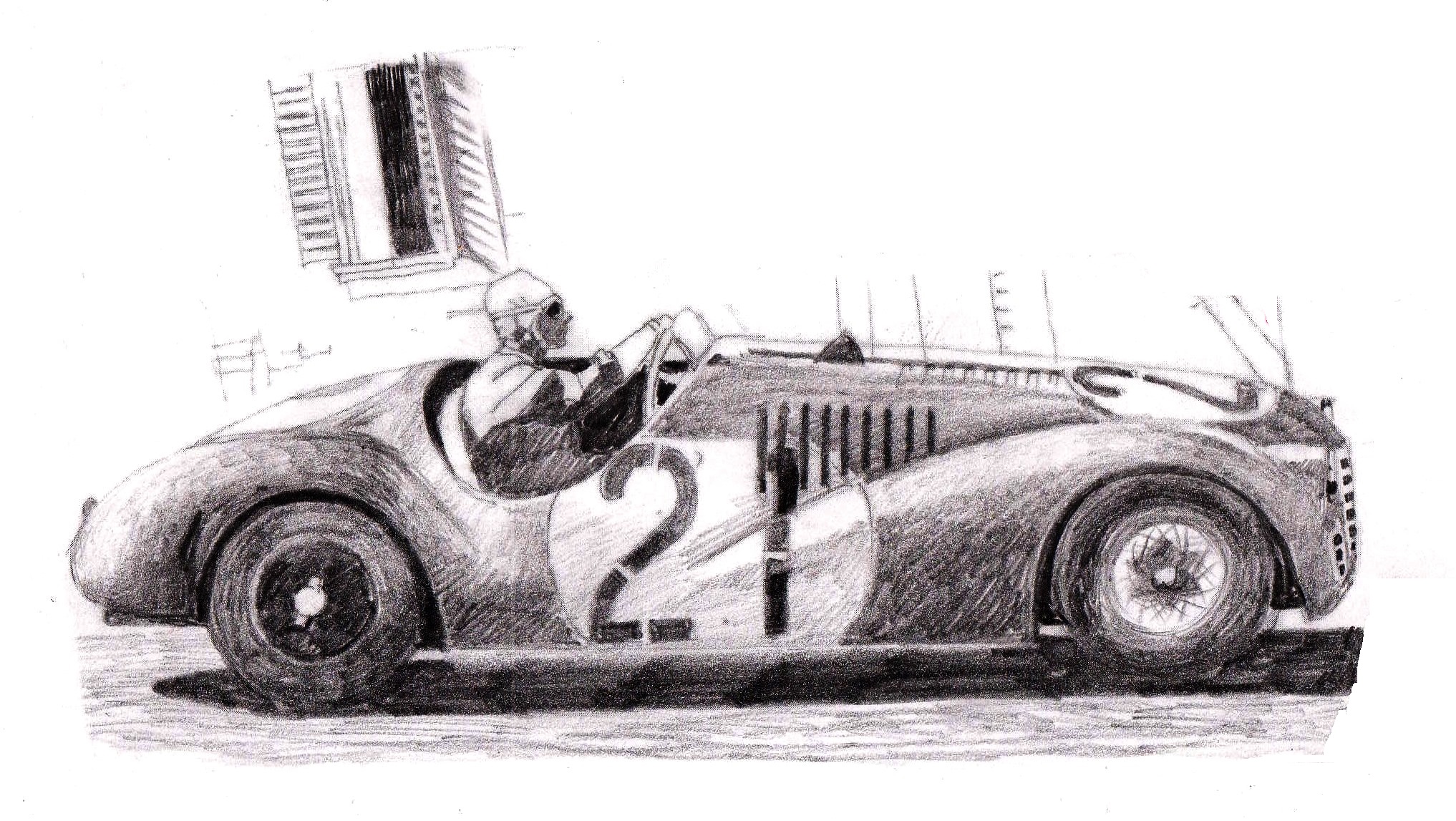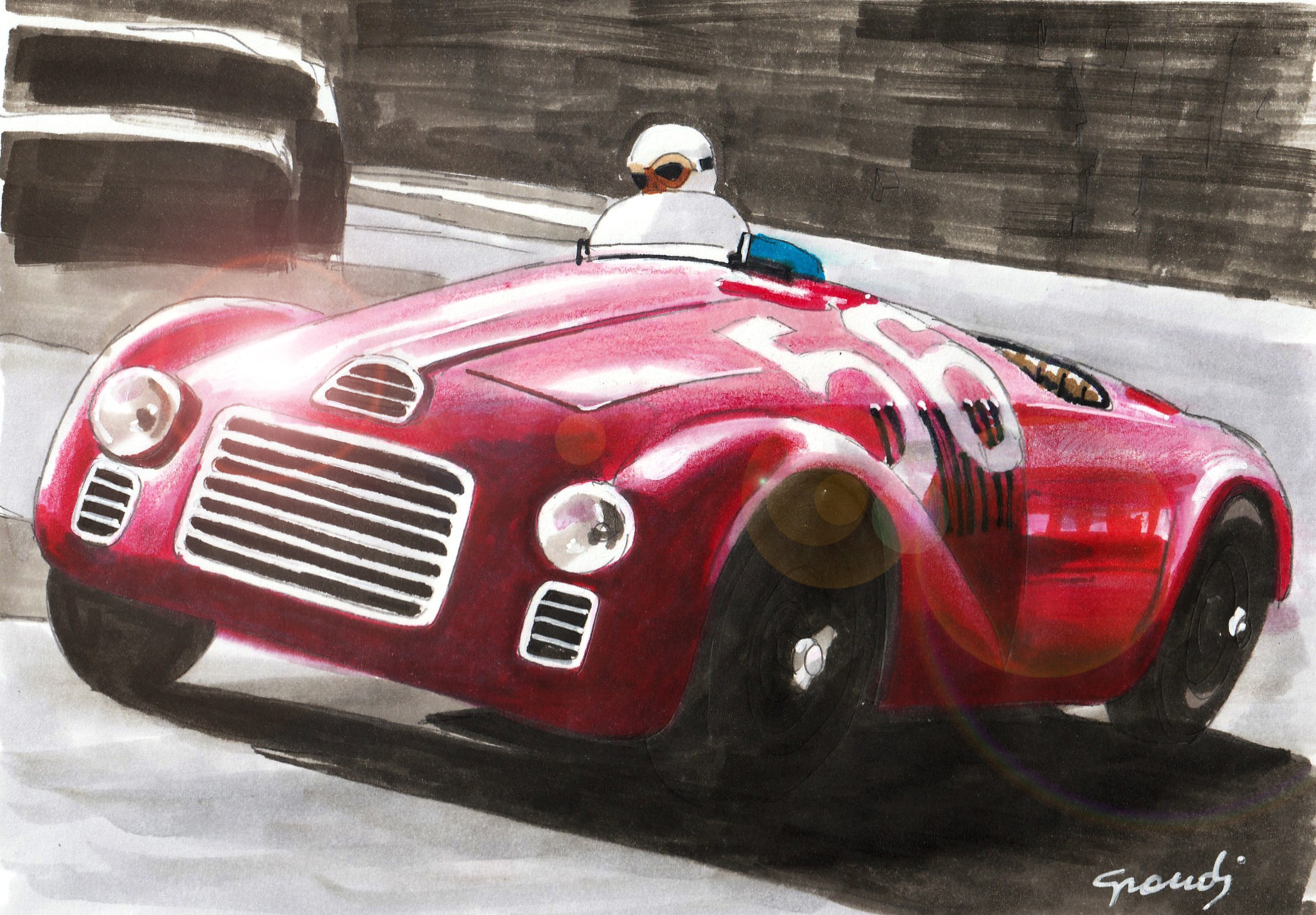1947. Ferrari. At last!
With the valuable support, depth of knowledge and illustrative talent of Prof. Massimo Grandi
Photo credit: Massimo Grandi
This is not a paradox: unlike the First World War that had scarred him with the tragedy of losing both his father and his brother Alfredo, the Second World War was an unexpected boost for Enzo’s ambition to become a manufacturer in his own right. For starters, it allowed him to respect the four-year ban on building cars under his name and his Cavallino agreed with Alfa Romeo, which had tolerated the two 815s he built, although they would have protested had he continued to produce them.
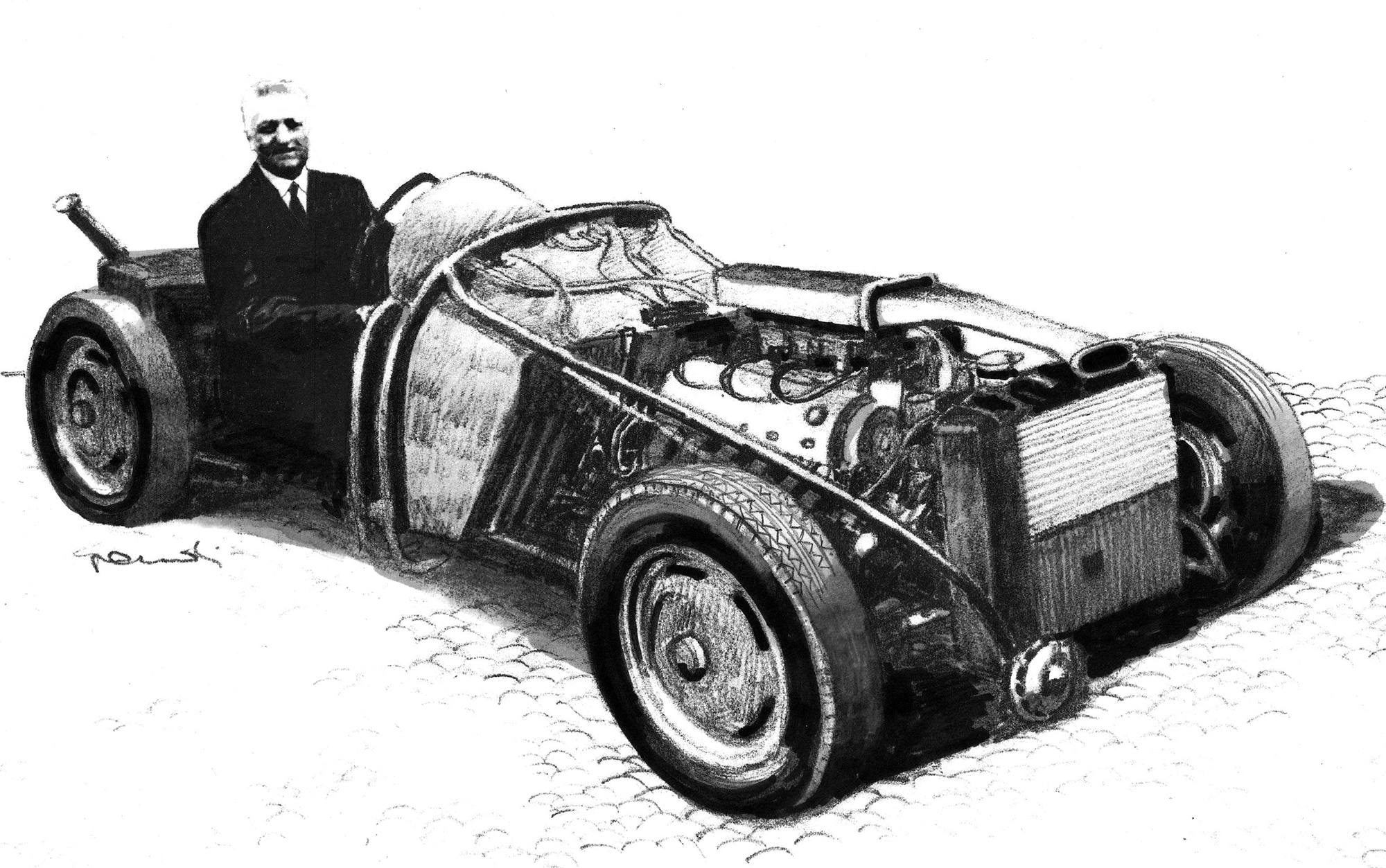
Then, he was able to cultivate his entrepreneurial experience using state subsidies to build a factory at Maranello where he produced machine tools to be used in the war effort. By many accounts, Ferrari employed 300 workers in Maranello in 1945. The war also helped develop new technologies: Vandervell’s Babbit Thin-Wall bearings solved the problems of his magnificent V12 which, again out of good fortune, had been designed by the same Gioachino Colombo that Alfa Romeo had let go. Although the grinding machines he produced under the Ferrari brand were an excellent commercial success, Enzo did not hesitate to reduce and then stop production all together in order to realize his dream of becoming a manufacturer.
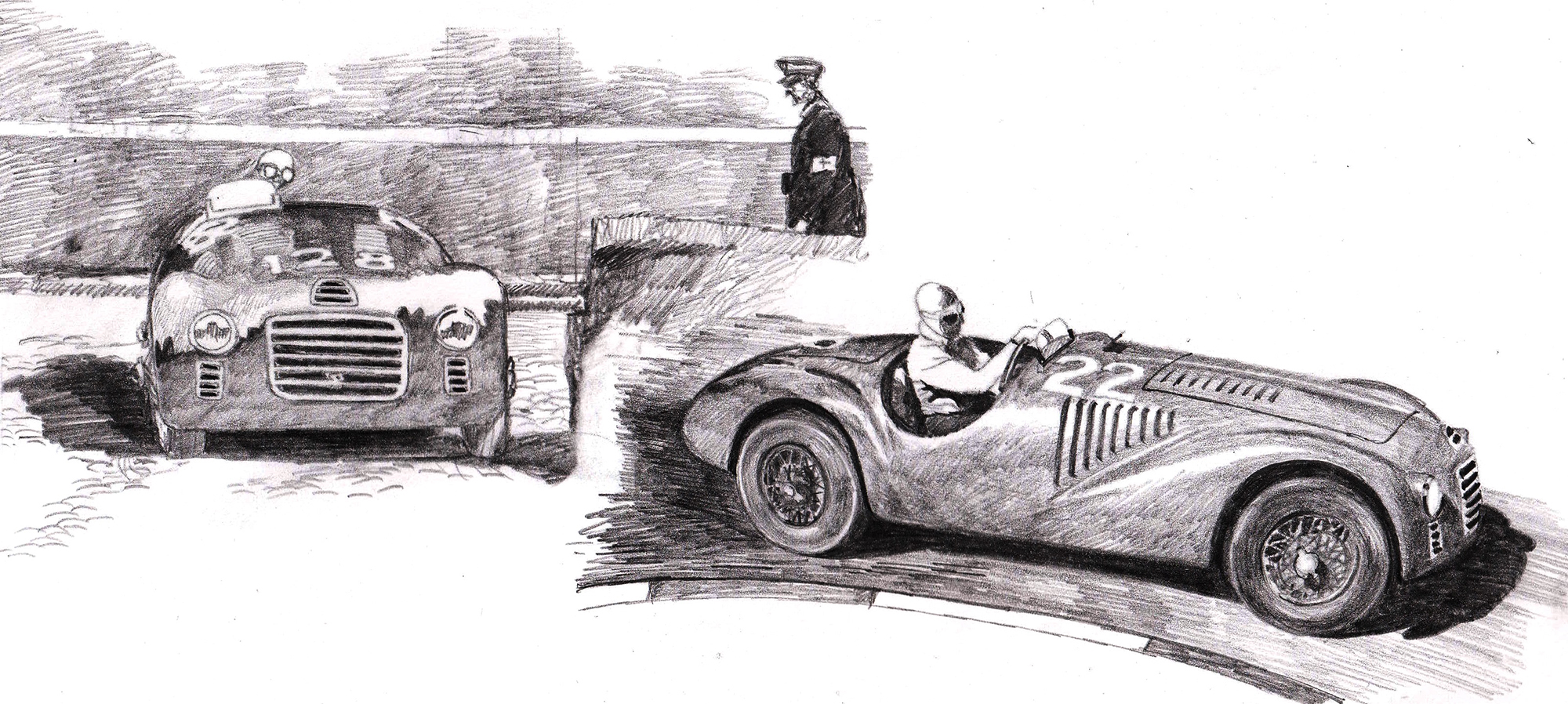
The first car to bear his name written at the base of the yellow rectangle with the Black Horse and the Italian tricoloreflag at the top, was the 125 S built in just 19 months starting from a blank sheet of paper. But Enzo had carefully thought through every decision before throwing himself into this endeavour: he wanted a naturally-aspirated V12 with a capacity of just 1,500cc which would subsequently be fitted with a supercharger in order to compete at the Grand Prix races.
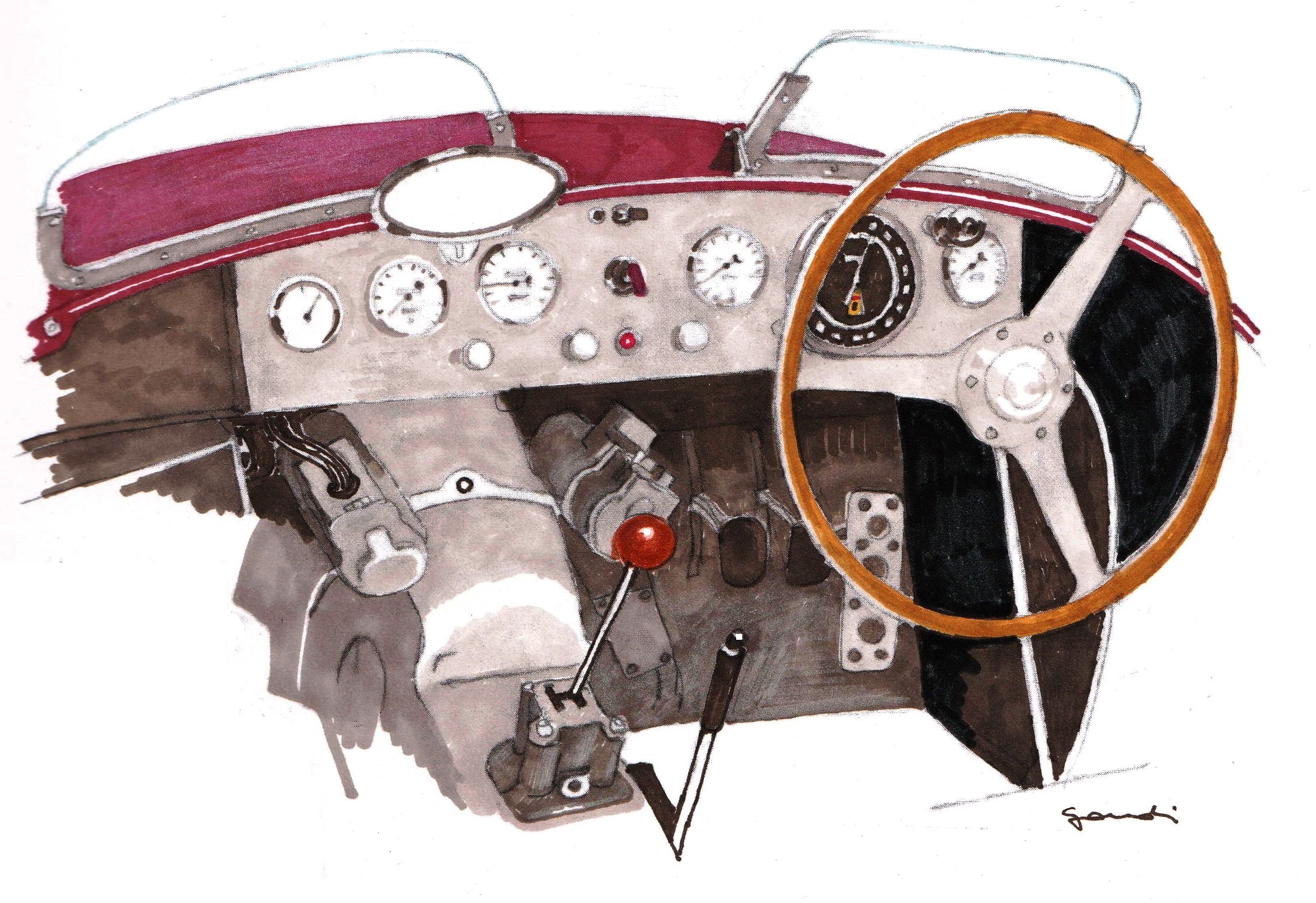
He had created an aeronautical steel frame and conceived a strategy that would allow three different bodies to be mounted on the same car, depending on the intended use: the S, a two-seater Sports car that could also be used on the road, the C for Corsa (racing), with small motorcycle-type fenders and the GP single-seater, with open wheel arches and no lighting. His idea, communicated before he presented the 125, was to build cars for customer drivers with the dream of reaching 300 cars a year in just a few seasons.

The first 125 complete with mechanics but without bodywork, which Luigi Bazzi and Giuseppe Busso made a fundamental contribution towards, travelled its first few kilometres with Ferrari himself behind the wheel, on 12thMarch 1947, just two months before its race debut race in Piacenza. A debut that Ferrari, with his distinctive style that was as ironic as it was effective called, “a promising failure”. Cortese, the experienced driver he chose for his debut was well in the lead when, just 4 laps from the finish, the engine suddenly died.
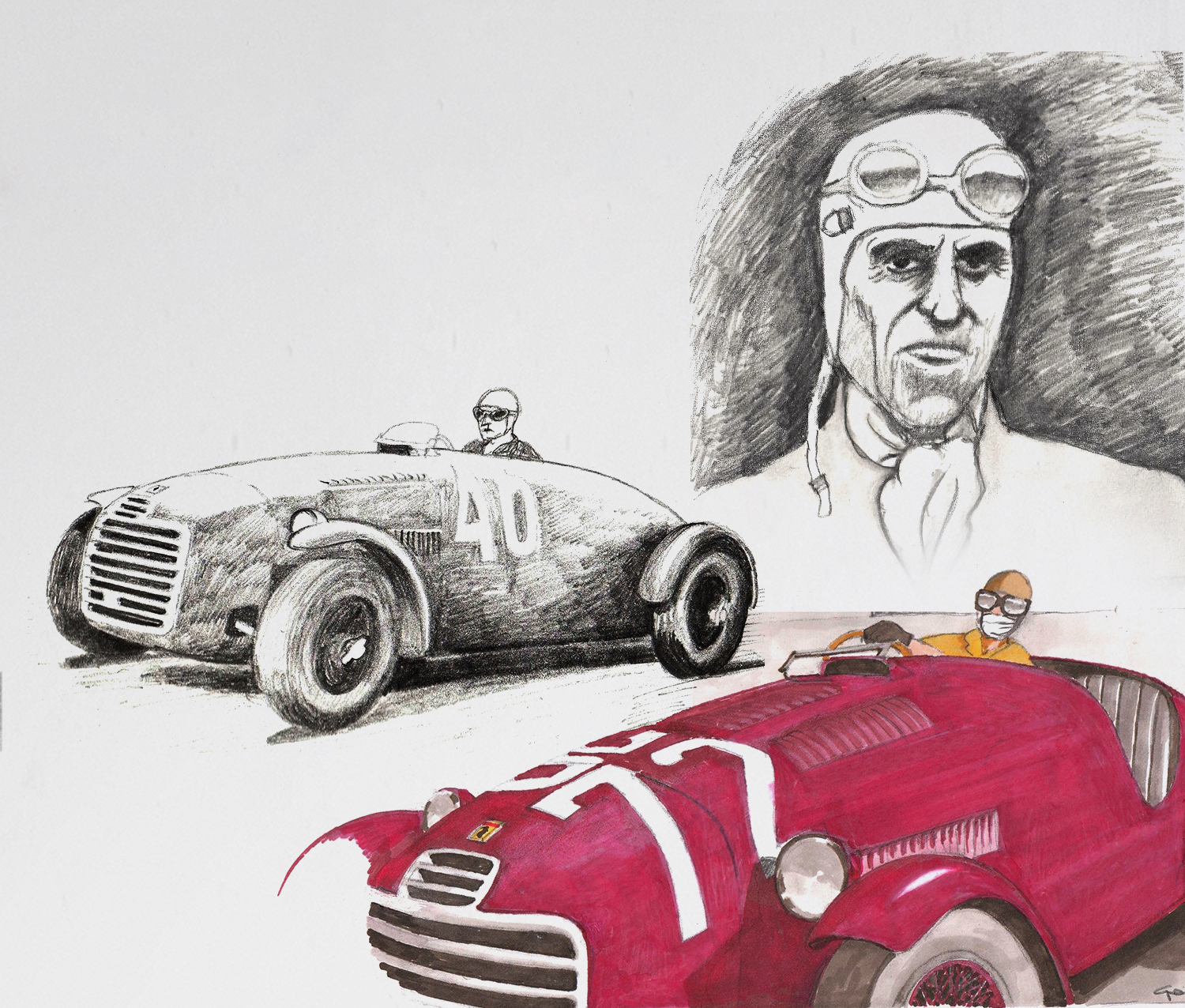
But two weeks later, at the Grand Prix of Rome, the first victory finally arrived. It was 25th May 1947 and will go down in history as the day a Ferrari won its first race. Alongside this, a second Corsa-type car was also developed, equipped with motorcycle-type fenders that made its debut at the Coppa Arcangeli in July driven by the famous Nuvolari, who was beginning to show his age but was still a true champion. Nuvolari won that race and won again in Parma one week later.
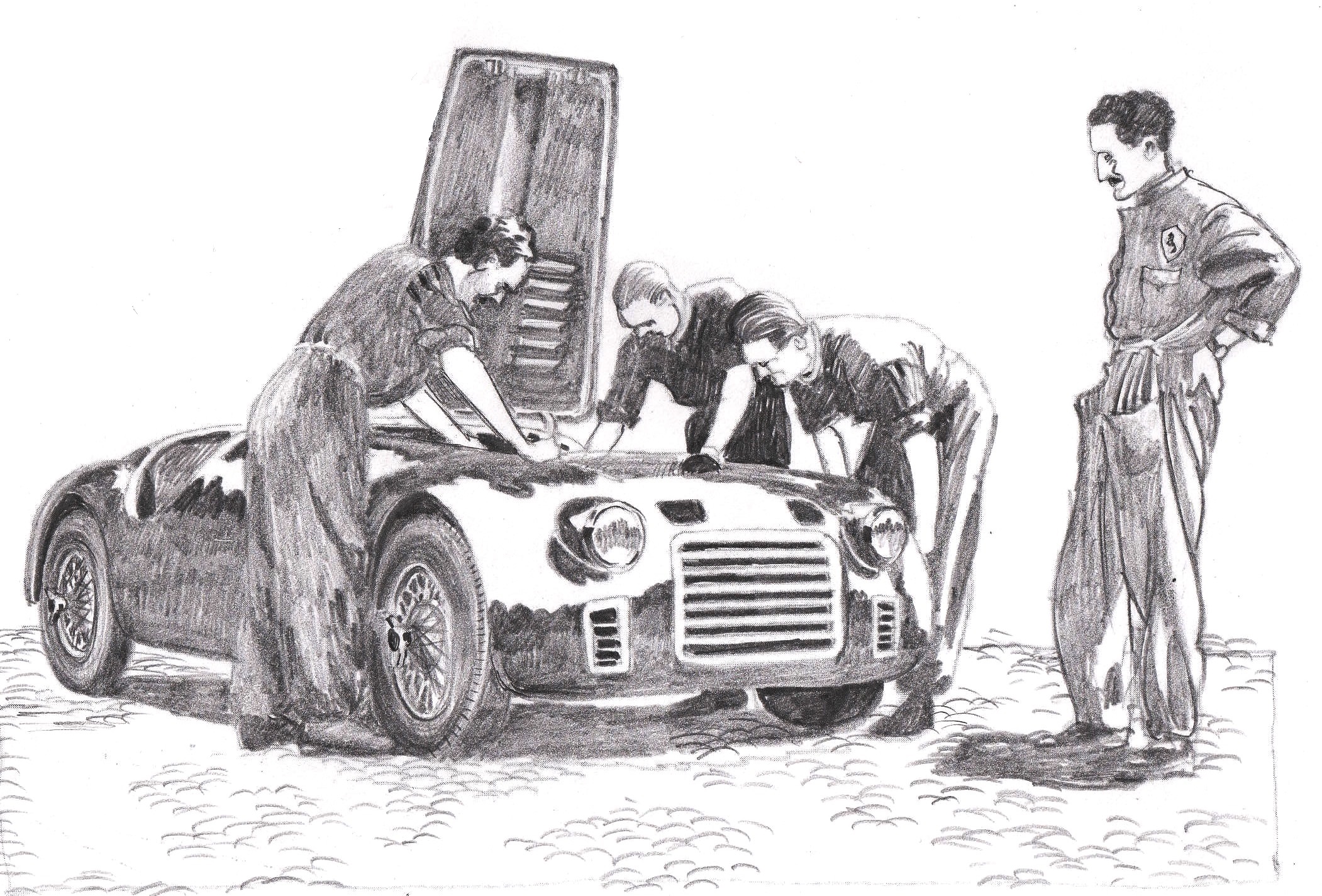
They didn’t stop at Maranello: soon, a 1,900cc engine was ready and it was mounted onto the 159S which, driven by Raymond Sommer, won the final race of the season, the Turin Grand Prix which for Ferrari was a welcome vengeance against Fiat, that turned him down twenty years earlier. Thankfully, we might add, knowing what Enzo was to go on to create. At the end of 1947, Ferrari, now almost in his fifties, had finally become a manufacturer.
